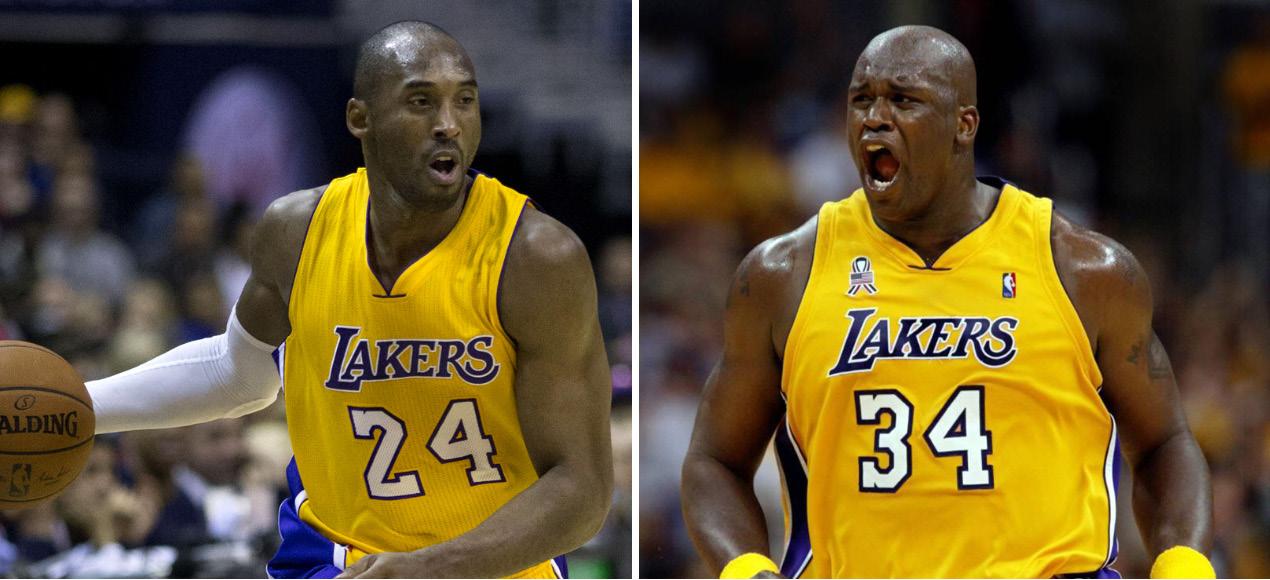
4 minute read
What to Do When Employees Don’t Get Along: Takeaways from the Shaq/Kobe Feud
By LEAH M. STIEGLER AND EMILY KENDALL CHOWHAN
This article about what to do when employees don’t get along is the second in a series entitled “Employment Law in Focus.” You can read the first story about how to handle workplace romances here.
“We don’t know how to handle it when employees don’t get along. We have two great members on our team, but they just don’t click with one another.” It’s a refrain we hear over and over from legal departments and human resource (HR) leaders.
One of the most memorable employee disputes happened in the NBA in the late 1990s and early 2000s. Two competing GOATs, Shaquille “Shaq” O’Neal and Kobe Bryant, were each vying for attention and MVP slots on the Los Angeles Lakers. Shaq, a more senior player, thought Kobe played selfishly, hogged the ball, and took poor shots. Kobe felt undervalued by Shaq. Fans chalked it all up to Shaq being jealous that Kobe was stealing his spotlight and selling more jerseys.
Despite the feud, the Lakers franchise consistently took home the championship trophy.
In most businesses, this would be rare. Organizations often experience lower productivity from employee disputes. Low morale impacts engagement, and employees are less likely to help each other. In fact, in response to a question from the press about why Shaq was not mentoring Kobe during a rough season, Shaq was quoted saying something like, “I try not to help guys out too much. . . . Experience is the best teacher.” Not exactly the words you want your senior managers to say to your newbies!
Employee disputes often lead to increased turnover, and organizations lose high-performing workers. After eight seasons and unresolved animosity between the two, Shaq requested a trade and left the Lakers for the Miami Heat.
Takeaways
What steps can your organization take to address employee disputes before one of your MVPs goes to a competitor?
Step 1: Create separation. Sometimes employees need physical space to reduce tension, reflect, and reset. Have them work from home, alternate days in the office, or — depending on how bad the dispute is — put them on some form of leave.
Step 2: Talk to their direct manager or next-level supervisor. Getting an objective, third-party perspective of the dispute and its resulting impacts on the team and organization provides a great basis for the talking points you’ll use when addressing the employees individually.
Step 3: Have one-on-one conversations with the employees. Get them in a private setting where they feel comfortable, perhaps at a coffee shop or out for a walk. Ask openended questions, such as “Tell me what’s going on between you and so-and-so,” to understand each side of the dispute. You don’t have to be ready to advise them on your next steps or even affirm they will still have a job after this is all said and done. This step is all about understanding their perspectives.
(Oh, and remind them that we learned from Shaq that dumb comments to the press are not helpful, so they certainly should not post anything on social media or gossip about the situation to other employees.)
Step 4: Do an internal regroup with their manager or next-level supervisor. Determine whether additional information, such as speaking to their peers or other third parties, could be helpful. Then, it’s time to decide the next steps. Keep in mind that if Plan A fails, you can always move to Plan B, C, and so on, so it’s okay to take an approach that may not immediately resolve the problem.
Your options here may include discipline, coaching, further suspensions, transfers, or even mediation with a neutral third party. If the dispute appears to have tainted the whole team, initiate culture surveys or plan a team-building retreat with an outside facilitator.
Step 5: If Plans A through C fail, it may be time to consider termination and make room for new energy. Remember, once Shaq left the Lakers, it freed up a slot on the team for the real GOAT: LeBron James.
As with any discipline, you don’t want employees to perceive your actions as discriminatory or retaliatory, so it is always better to run your game plan by legal counsel first.


Leah M. Stiegler is a principal, and Emily Kendall Chowhan is an associate in the Labor & Employment practice at Woods Rogers PLC in Richmond, Virginia. They advise company leaders and their human resources departments on compliance with employment laws. They host the biweekly video series “What’s the Tea in L&E,” available on YouTube.








